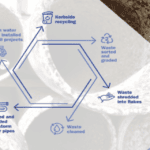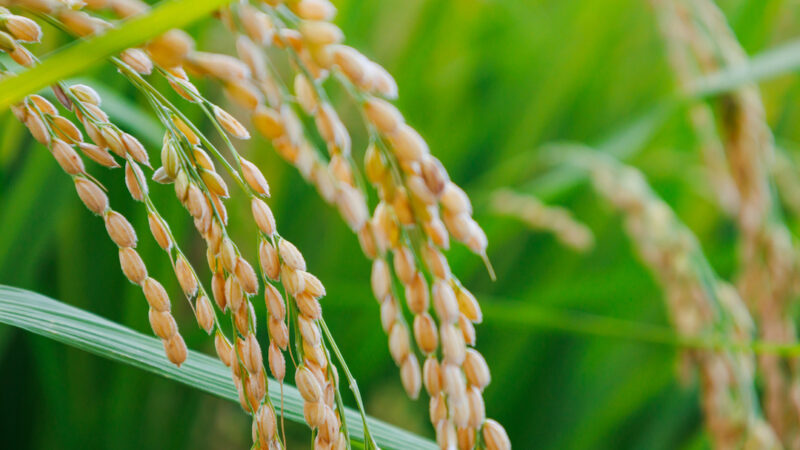The renewable energy hub project by Innovating Energy is possible due to grant assistance under…
Renewable energy and solar: looking forward
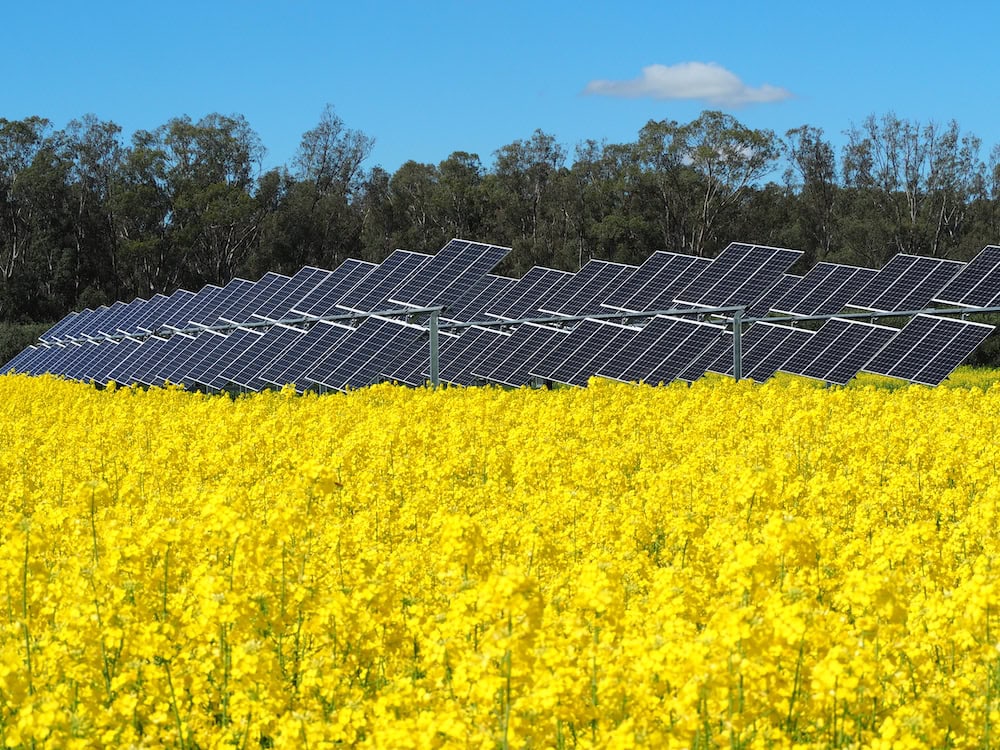
While politicians argue about net zero emissions by 2050, farmers are investing in renewable energy and solar, and saving money.
The tension between renewable and fossil fuel sources dominates the national discourse when it comes to energy, however, forward thinking NSW Farmers are installing their own systems, or partnering with renewable energy companies to save money or gain reliable income.
One of the main difficulties for farmers looking to invest in renewables is the quality and volume of information available, says Renewables in Ag Conference founder, Karin Stark.
�There are also issues around capital cost and a general lack of trust that renewables will work the way they�re supposed to and deliver the savings manufacturers and installers claim.��

Stark sought to address these issues when she hit upon the idea of holding the inaugural conference in Wagga Wagga in 2019 and she hopes to continue the good work in Dubbo, on Wednesday, May 19. Because of the COVID-19 pandemic, Stark is expecting ticket sales will be limited, however, there will be several sessions that will be accessible online.�
�There is a lot of innovation happening in the area and not a lot of accessible information. The Renewables in Ag Conference is the only event in Australia that brings together all the stakeholders, government agencies such as ARENA and the CEFC, renewable energy companies, equipment manufacturers and distributors, installers, farmers who have already invested in renewables and those who are yet to invest.
�We�re holding it in Dubbo this year because of the Orana Central West renewable energy zone which is a microgrid project in the planning stage.�
Renewables in Ag Conference founder, Karin Stark.
Consisting of keynote addresses and breakout sessions, topics this year will include bioenergy, electric utes and vehicles, green hydrogen, financing renewable investments, sharing the benefits of utility scale renewables, microgrids, battery storage and Essential Energy will be presenting on the future of the grid. In addition, there will be several agricultural producers speaking about their experience of investing in renewable energy.
�The feedback we got from the 2019 conference was that having farmers speak of their experiences was really powerful, so we�ve got Justin Jarett from See Saw Wines talking about solar panels and horticulture and a farmer from Dubbo, Tom Warren, will be talking about his experience having a grid scale tracking solar panel installation on his cropping and sheep property.�

Industry presenters will include Luke Osborne from Stride Renewables and Andrew Bray, the National Co-ordinator of the Australian Wind Alliance.
While there is no doubt the Renewables in Ag Conference addresses an urgent need, Managing Director of EvoPower, Jamie Allen, says he has seen a steady increase in enquiries. �Farmers are hearing about the benefits of solar versus pumps powered by the grid or diesel. Lead acid batteries have been replaced by lithium ion as prices have come down 90 percent due to hybrid/electric vehicles, laptops, tablets and mobile phones etc. Last season�s bushfires have also driven demand in Southern NSW and Eastern Victoria, both from people on remote properties and power companies.�
Allen adds that cost, reliability and the desire for energy independence are all strong drivers for farmers who install solar, however, the need to get power to expand their operations is also a big driver.
�For farmers who want to expand their operations, not being able to get power around their property is a big challenge on large properties especially. First, there has to be enough supply, that is not always the case. Then they have to put in poles and wires, possibly upgrade transformers etc. and there is a significant cost there. So, we are seeing customers get around that by going off grid or they may add grid connections and deliberately expand the system. If they�re relying on diesel pumps that can pay off well.�
Managing Director of EvoPower, Jamie Allen.
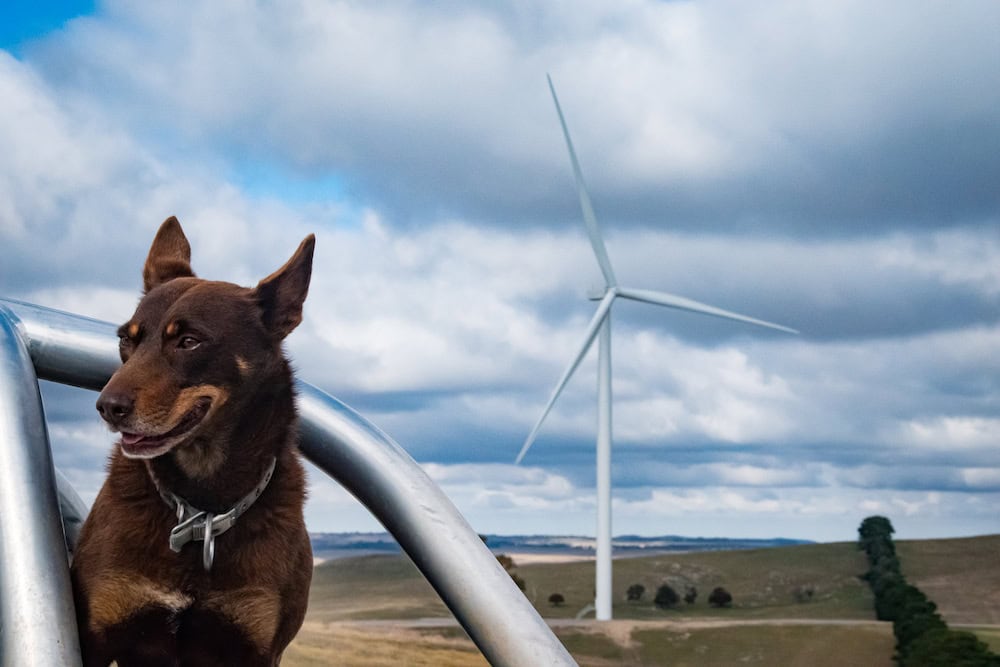
While the cost of solar has plummeted in recent years, the capital cost of installation remains a barrier for most potential customers. Farmer focused solar company; Ag Energy offers a no-capital solution through basically renting roof space.�
According to co-founder, Terry Curtis, �our customer agrees to let us use the roof space, we install a system suitable for their needs and sell them back the power at a highly reduced rate compared to what they’re currently paying. It varies of course, but usually our customers see a 30 to 50 percent saving on the cost per kilowatt hour�.
�While the system is in place, we are monitoring and doing maintenance and after a period of time, generally about seven years, the customer gets to keep the solar system. There is no lock in contract so if at any time the customer is not happy and they want to jump out, we come and remove the system at our cost.��
Ag Energy co-founder, Terry Curtis
While there is the option to exit the contract with no penalty, Curtis says few have ever exercised that option and the company saw its business double in 2020. Our focus is on helping our customers. �Our customers keep the feed in tariff, they only pay for what they use so we only make money when they’re making a saving.�
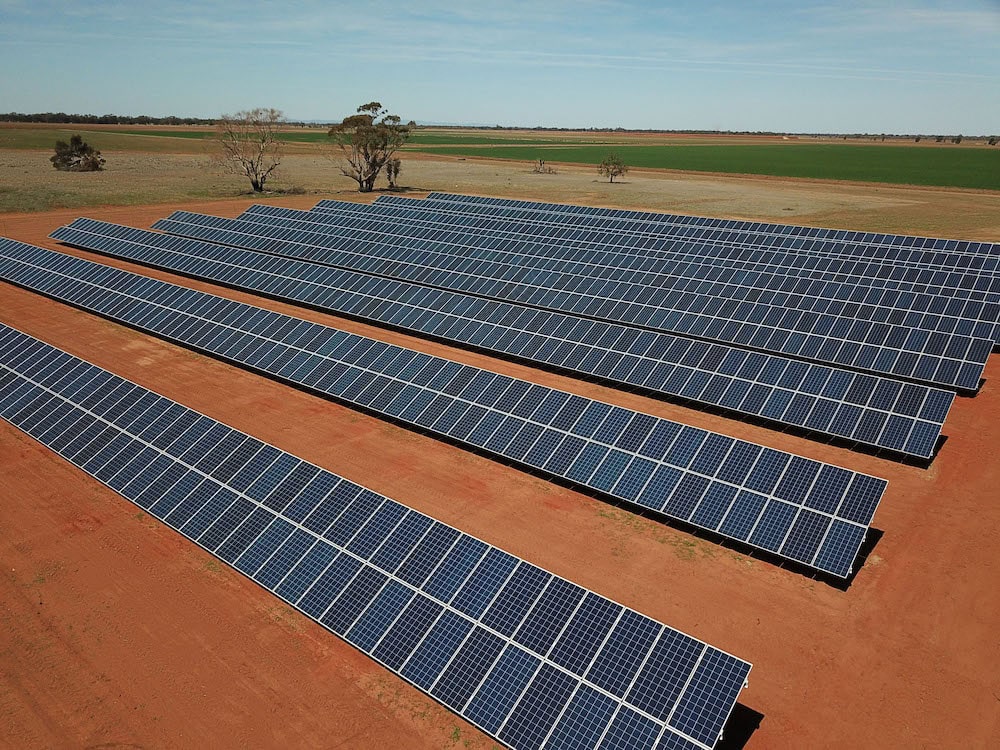
Sun Tracker case study
Tom Warren, a cropping and sheep farmer near Dubbo will be one of the main speakers at this year�s Renewables in Ag Conference. Tom has leased some of his land for a 20Mw Sun Tracker installation which he says enhances rather than impacts upon his operation.
�My farm was identified as a suitable candidate for a commercial solar farm, so I was invited to consider the opportunity to lease my land. It was meant to feed into grid near Dubbo so one of the criteria was proximity to a substation. The company did a study, and it was under consideration for 18 months and then it asked if it could put a 24/7 live weather station to validate the solar radiation data. The weather station data showed our land was a good candidate, so the company came back and said yes, we would like to proceed. It was then a process of negotiation over land, returns etc.
�I saw it as a great opportunity to supplement my agricultural income. I had looked at places all over the world where farmers continued to practice agriculture on land leased to renewable energy companies. So, I was very keen right from the outset that I would get the opportunity to graze beneath the solar. We reached an agreement; the company constructed it and ran two big underground cables to the South Dubbo substation.
Due to drought, Tom has been running Merino wethers under the panels, not ewes and lambs. �I just wanted to see how they go, and it has been quite successful, my carrying capacity hasn�t changed. It is a Sun Tracker system where the panels change angle during the day which allows light to still reach the�ground.�
�They always go back to same position to sleep at night, why that orientation I don�t know, and if we get shower or just some sort of condensation overnight it concentrates on the panels then runs off and grows grass. So even in drought I had these little strips of green grass next to the arrays in the middle of one of the worst droughts we have ever seen.
�My take is that grazing sheep and these Sun Tracker solar farms are totally compatible. There is no negative impact at all. The sheep get shade and shelter from the wind, the farm really breaks up the wind and provides a different climate beneath the panels.��
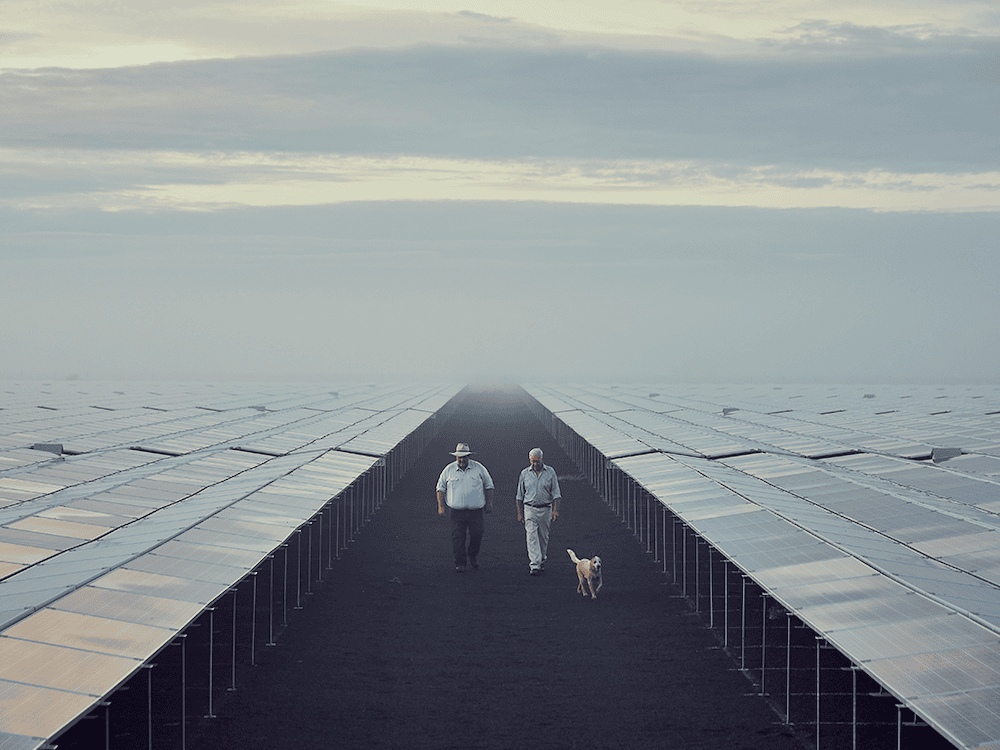
If you enjoyed this feature on renewable energy and solar, you might like to read our story on biodegradable mulch.


